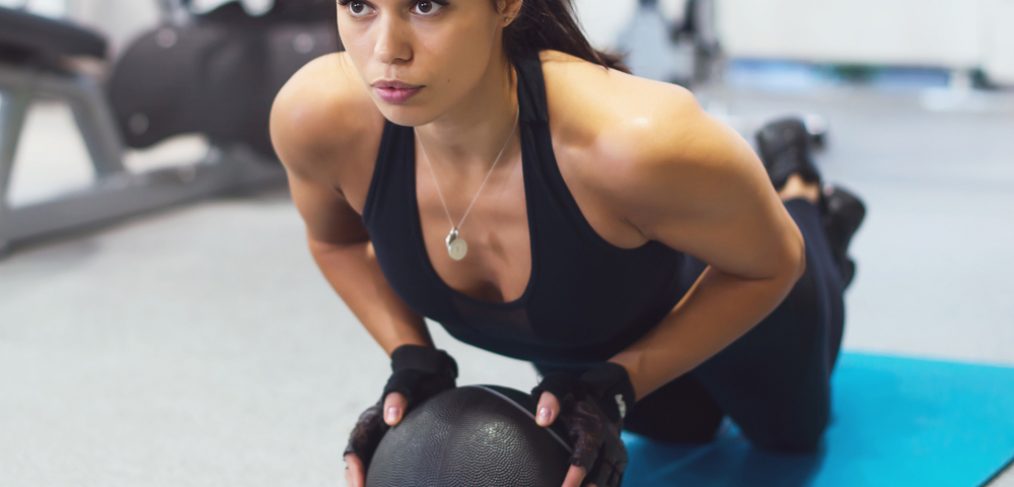How we all wait for the day when our mother’s promises come true. When the features that we most wish we could be rid of become the envy of the ‘cool kids’ at school. When the thick heavy brows we spent our lifetimes trying to pluck into non- existence show up on the cover of Vogue, when the poliosis that made some a target for classroom bullies becomes an inspiration for the latest trend in hair.
What is Poliosis?
Poliosis is a condition resulting in the depigmentation of the hair. It can affect hair on the eyebrows, eyelashes, or head. It is caused by a decrease or lack of melanocytes and melanin in the hair bulbs of the affected follicles.
Poliosis may be mistaken for age- related hair graying. It can affect both men and women and is often associated with thyroid disease, chemotherapy, irradiation and malignancy.
Types of Poliosis
- Genetic: Sometimes poliosis is inherited. White patches of hair can be present from the time of the baby’s birth and are caused by genetic issues, such as gene mutation.
- Acquired: If poliosis is non-congenital, it may be due to a side effect of medical conditions that reveal themselves later in life.
Diagnosis
Although this disorder is not linked to any certain medical condition, it is important that it be properly diagnosed. Most healthcare professionals will do so by establishing the patient’s family history followed by a physical examination, nutritional and endocrinal surveys, a skin sample analysis, and a blood test.
Treatment
Although there is no “cure” for poliosis, there are a few preventive methods which include:
- Elimination of factors that lead to the formation of white patches
- Treating those factors.
- Discontinuation of the use of antibiotics
- Exposure to UV-B lamps
- The application of Ammi magus lotion or ointment
- Epidermal grafting on the depigmented skin under the white patch
The Beauty of Poliosis
One needs only to look at 23- year old Brianna Worthy to appreciate the beauty of poliosis. Brianna says, “I had several names, such as skunk, that kids would try to insult me with as a child. Sometimes it would bother me when I was younger, but I grew to end up really loving it in my hair and was confident that it was my own unique signature look.” And the biggest perk? Brianna’s daughter will carry on the legacy. Millianna was born with her own white streak making the mother-daughter duo one of the cutest teams ever seen.
Let us know your stand on poliosis! To dye or not to dye? Let us know!

















